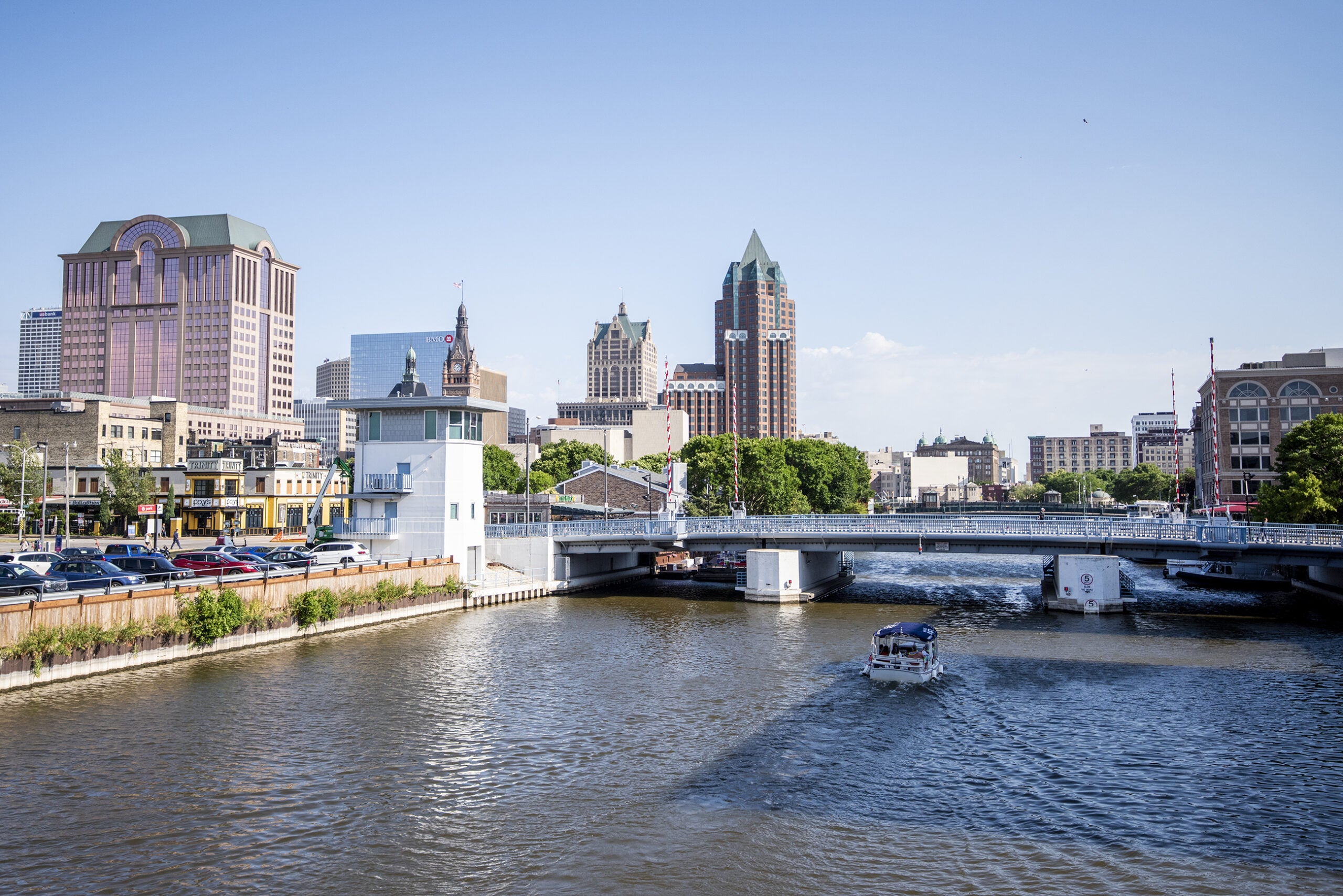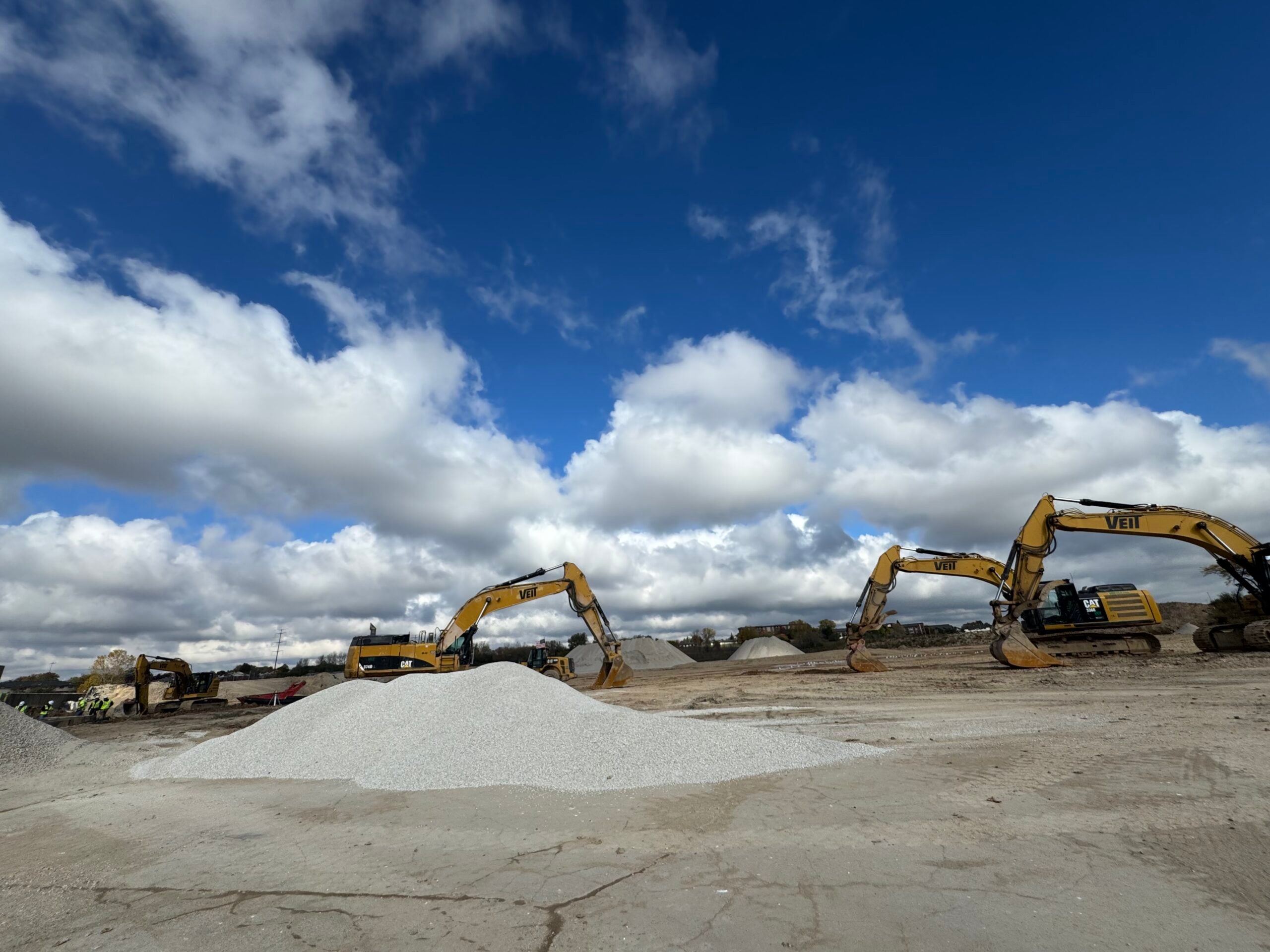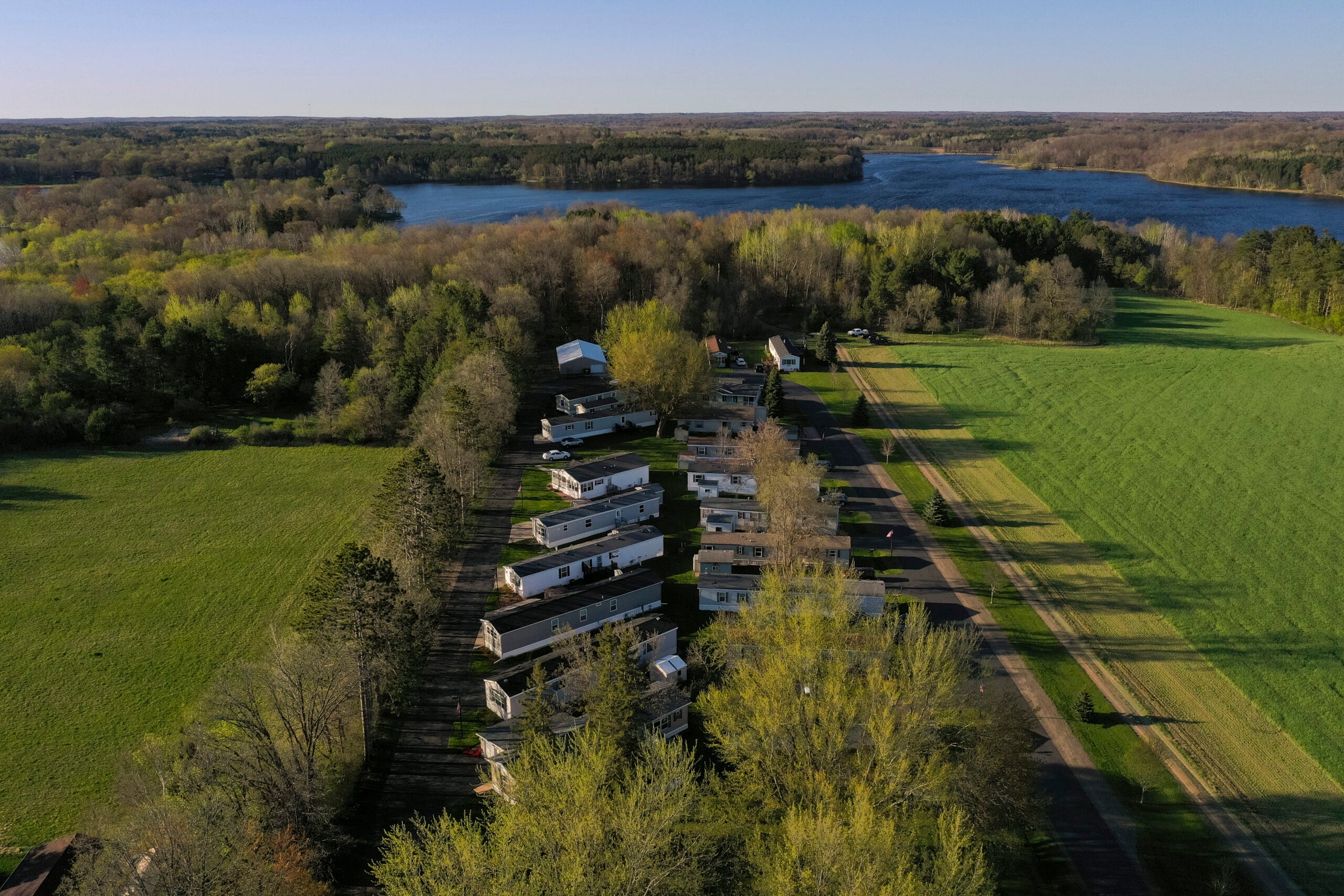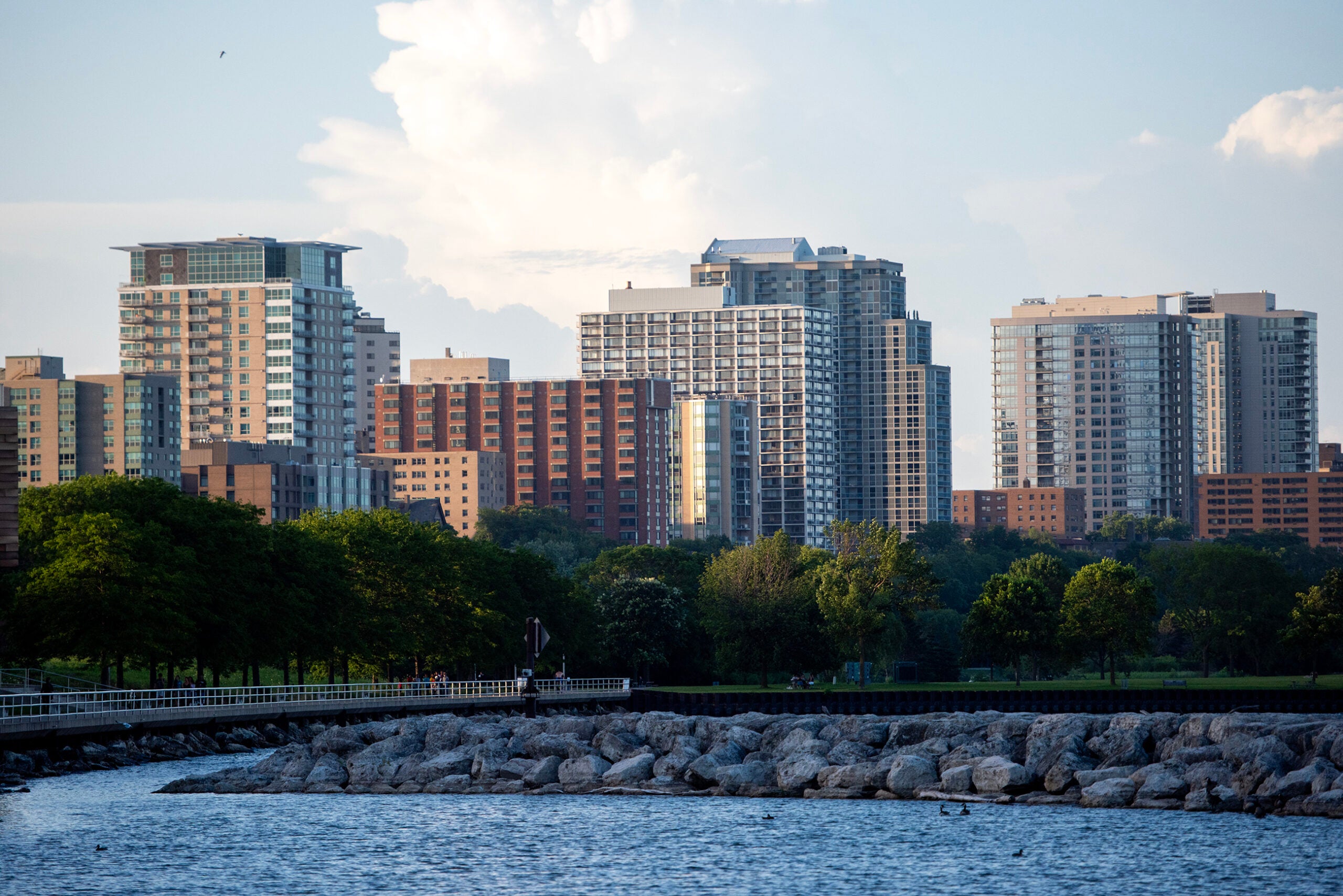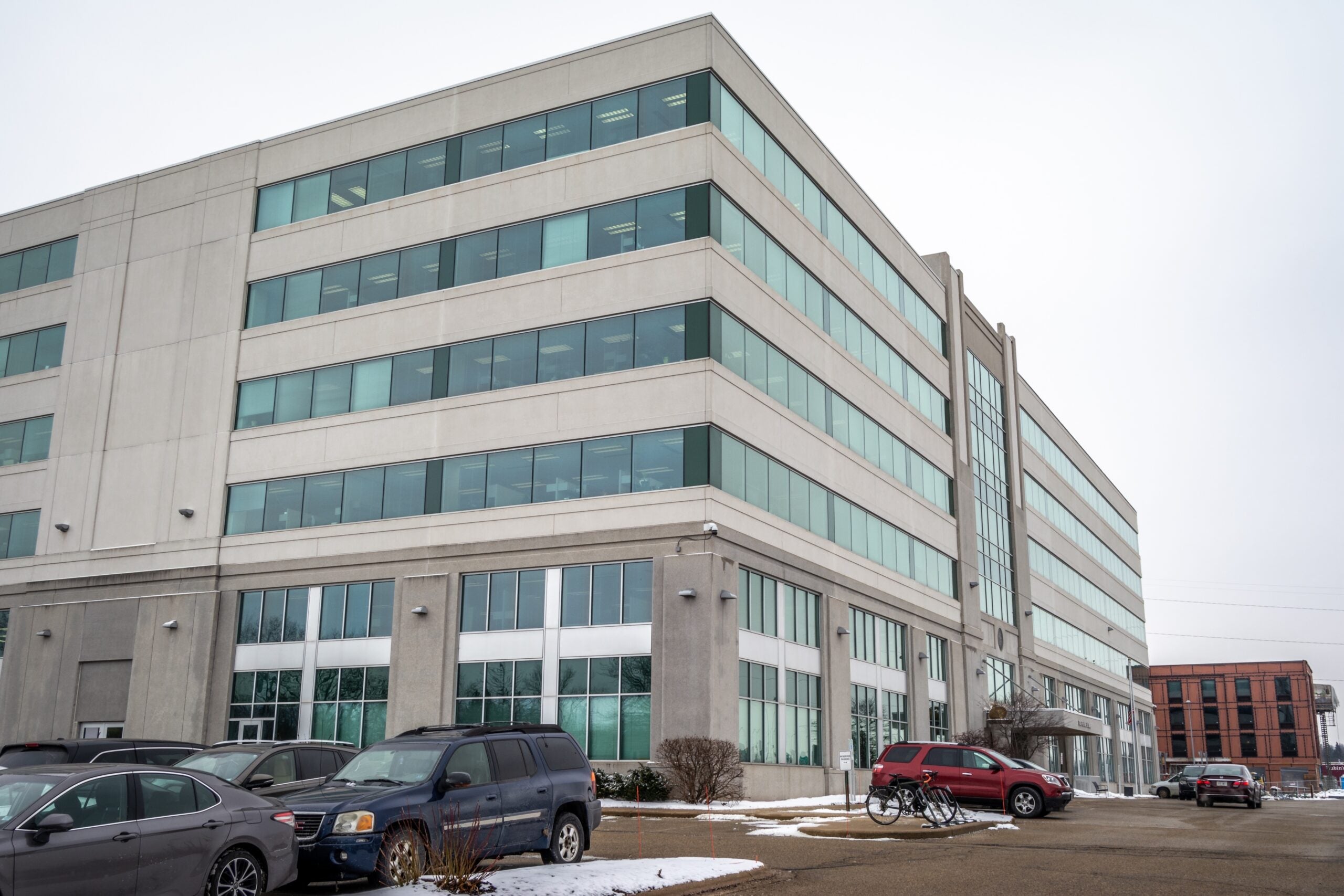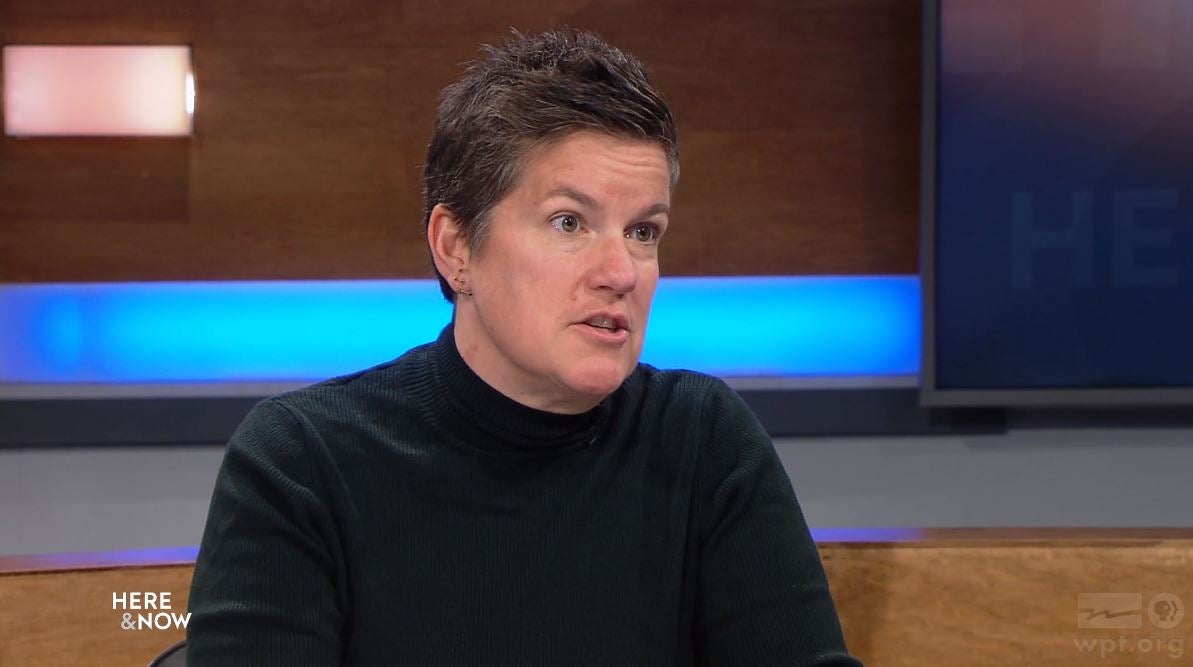Milwaukee Mayor Tom Barrett announced a plan to put $13.8 million of American Rescue Plan funds toward job readiness Monday, as part of a multi-day rollout of his priorities for federal relief dollars.
Barrett laid out plans to spend $30 million of the relief funds on housing Sunday, and said the rest of his Milwaukee Recovery and Resilience Plan — including allocations for safety, public health and early childhood initiatives — will follow later this week.
“What was paramount to me right now was to find those programs and those areas where we needed to get the dollars flowing as quickly as possible,” Barrett said at a press conference Monday.
News with a little more humanity
WPR’s “Wisconsin Today” newsletter keeps you connected to the state you love without feeling overwhelmed. No paywall. No agenda. No corporate filter.
All of Barrett’s plans for the funds must be approved by the Milwaukee Common Council to move forward. The council already allocated $3.8 million in federal relief dollars toward a summer youth employment program. In all, Milwaukee is slated to receive $394 million from the coronavirus relief package, distributed in two chunks — about half was allocated in May, and the other half will follow in May 2022.
“Too many residents of Milwaukee are not connected to jobs that pay well,” Barrett said.
The jobs funding plan includes:
- $6 million for job training that prioritizes training in lead abatement certification.
- $3 million for “skillful transitions” targeted at getting 19- to 29-year-olds work experience that build knowledge and translatable skills.
- $2.7 million to connect residents to clean energy jobs and additional funding to advance technology-related apprenticeships and jobs.
“We see this as an historic opportunity to make impactful, long-term change in our community by providing our residents with up-skilling opportunities, wages and enhance support services that connect them to family-supporting career pathways and fields that are looking for workers right now, and jobs of the future,” said Chytania Brown, CEO of Employ Milwaukee — Barrett’s primary partner on the jobs plan.
Barrett noted that, as a continuation of a policy instituted last August that requires city departments to consider racial equity in all decision-making, all the programs he’s laid out to use federal relief funds have been viewed through a lens of racial equity.
Brown said, in the case of workforce training and development, that includes working on systematic transformation, encouraging community revitalization, and getting individuals of all backgrounds the career and educational opportunities and support they need to succeed.
“Historic inequities within our community have only been exacerbated during the pandemic, and therefore we need to think differently about this recovery,” she said.
Laura Bray, vice president of college advancement and external communications at Milwaukee Area Technical College, said even before the pandemic, Milwaukee was heading toward a crossroads where employers said they were anticipating a worker shortage in high-demand skilled positions, while the Milwaukee area has consistently had large income disparities and high unemployment, especially among its residents of color. Statewide, she said, 62 percent of jobs require a degree beyond high school, while in Milwaukee County, only 37 percent of residents have a degree beyond high school.
The workforce development plan is aimed at getting residents certifications and training that will prepare them for some of those jobs.
“We’re trying to work as a system, that we’re not just trying to get someone a job, but a career path that gets them employed and starts to work to really address the issues of upward mobility,” she said.
In total, Barrett’s Milwaukee Recovery and Resilience Plan doesn’t even allocate a quarter of Milwaukee’s total American Rescue Plan relief funds, he said.
Wisconsin Public Radio, © Copyright 2026, Board of Regents of the University of Wisconsin System and Wisconsin Educational Communications Board.
